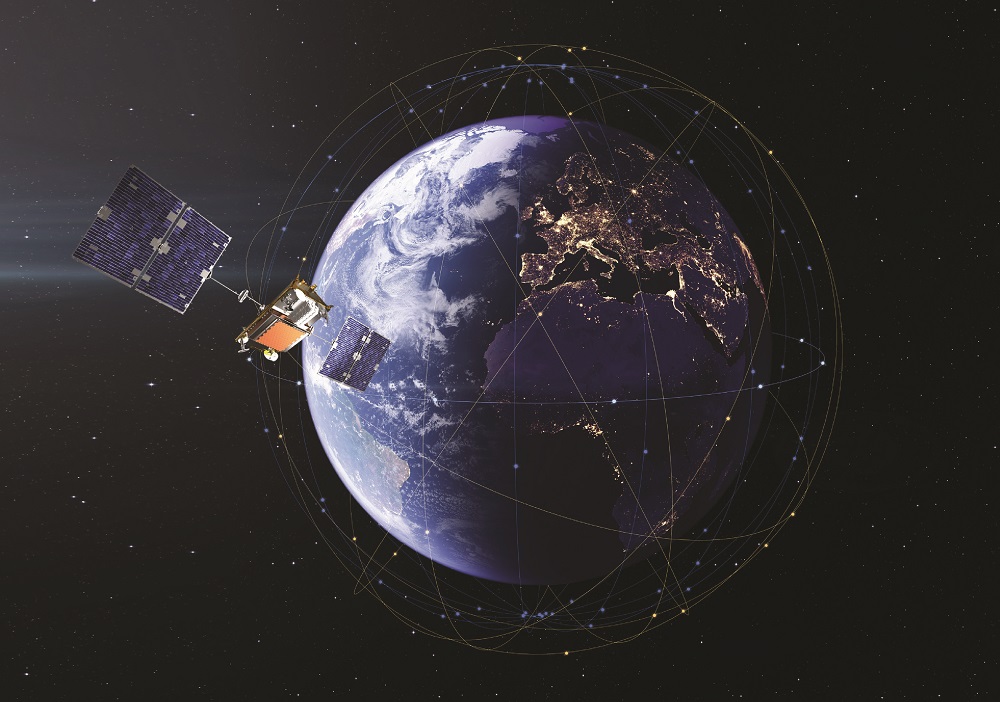
Sources: 1) https://www.hou.usra.edu/meetings/orbitaldebris2019/orbital2019paper/pdf/6190.pdf, 2) https://spacenews.com/iridium-starting-to-deorbit-legacy-satellites-as-next-constellation-comes-online/ 3) SMAD Table 29-6 Example of a Staffing for Highly-Automated Small Sat Mission Ops
In efforts to validate my midterm paper topic, I wanted to learn more about how end of life satellites are operated, and see if there is a crucial time for a bad actor to attack. I came across a paper presented by Iridium at the 2019 Orbital Debris Conference in Houston.
Iridium had replaced its older 65-satellite constellation called the B1 with its newly launched NEXT constellation. Thus, it had a unique opportunity to be the first company to de-orbit a large constellation. On December 2019, the Iridium paper had announced that the company had placed its final satellite into passivity mode for eventual de-orbit. Iridium had built a rather robust de-orbit program, the “7-D’s”, that enabled the organization to place the older satellites into a lower 125-km orbit for the denser atmosphere to drag and lower the satellite into safe reentry breakup. In particular, the de-orbit program addressed areas that could make a hacked satellite dangerous, including de-pressurizing the propellant tank and discharging the battery. Propulsion could make the satellite a kinetic weapon. Also, NASA had disclosed 8 battery explosions in space due to overcharging. Fortunately, Iridium was able to put the entire 65-satellite into passivity mode, which eventually led most of the constellation into atmospheric breakup.
However, I noticed that the paper and another Space News source revealed that it took about 2-3 years between the end of service for the B1 constellation and the end of the de-orbiting program. Thus, this helped to validate some of my hypothesis that there could be a particularly vulnerable time to attack these end-of-life satellites. During these vulnerable 2-3 years, the B1 constellation had lost its commercial usefulness to its operators. Chapter 29 of the Space Mission Engineering textbook showed a table where a typical small satellite operation had 10% of labor resources towards the end of a mission versus the height of the mission. In those final years where companies invest the least amount of resources on end of life satellites, we could let our guard down and face bad actors taking control over satellites with some propulsion and battery left.